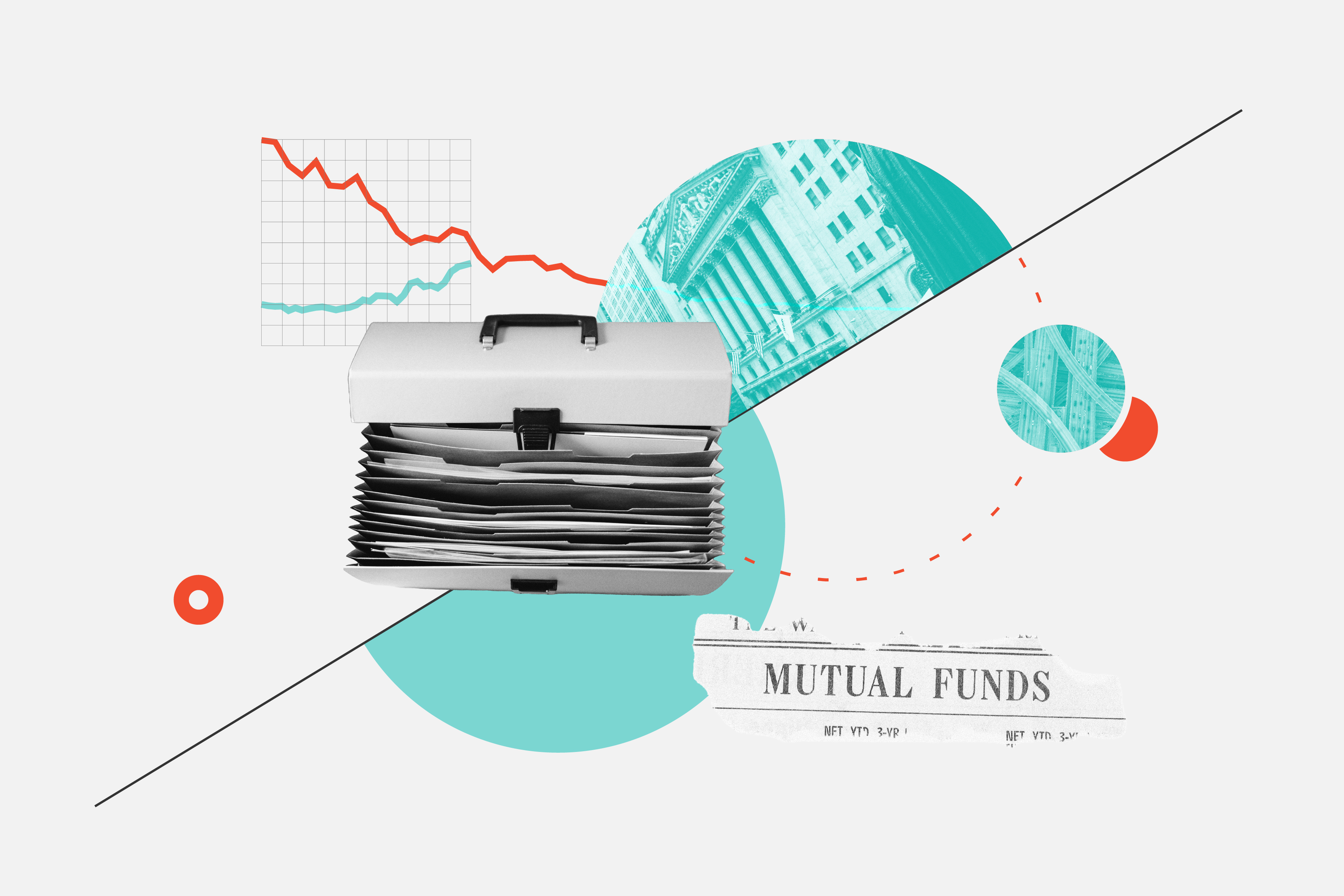When choosing a hedged or unhedged product, investors may want to consider how much currency diversification and risk management is already inherent in the underlying securities themselves. Because global ETFs may invest in stocks across several countries and have exposure to several currencies, there may be natural currency offsets already built into the portfolio's geographic mix.
Additionally, if the companies held within a global portfolio have multinational operations, with revenues derived from several countries and several currencies, or if they manage their own currency hedging policies as related to their revenue or operations -- the currency effect again may be mitigated naturally.
In both of these cases, the cost of implementing a currency hedge may not offset the additional value of applying a top-level hedge. Typically, a currency hedge will be most valuable when focused on reducing or eliminating a single currency exposure from a portfolio, such as investing in a single country or market.
When investing outside of Canada it is important to understand the risks and the options available to you through hedged or unhedged products. Claymore ETFs offers a wide number of ETFs focused on global, international and emerging markets, as well as various global sectors, and offer both hedged and unhedged products. When creating your global portfolio, we hope you'll consider Claymore ETFs.















